The BMW M52B20 is a testament to the brand’s engineering prowess, representing a significant evolution in the BMW 6-cylinder lineup. Introduced in the mid-1990s, this 2.0-liter powerplant was part of the M52 family, succeeding the M50 and laying the groundwork for future innovations. It was a staple in several BMW models, from the compact 3 Series to the more luxurious 5 Series, earning its place as a versatile and reliable engine choice for many drivers.

The basic version of the BMW M52 engine was created based on a 2-liter M50 engine and was produced from 1994 to 2003.
The M52B20 showcased several technological advancements over its predecessors, including a lighter block made from aluminum with a nickel-silicon coating called Nikasil. This not only reduced the engine’s weight but also improved its thermal characteristics.
BMW also employed a more advanced VANOS system (Variable Valve Timing) on the M52B20, which significantly improved the engine’s efficiency and response at different RPMs, making it both more powerful and more economical than the engines that came before it.
As a historical cornerstone, the M52B20 is seen as one of BMW’s moves towards balancing performance with environmental considerations. During its time, it set a benchmark for inline-6 engines, offering a smooth power delivery that became a hallmark of the BMW driving experience.
It’s a piece of history that reflects the brand’s philosophy of continuous improvement and the pursuit of driving pleasure.
BMW M52B20 Engine Specs
The BMW M52B20 engine is renowned for its smooth operation and consistent performance, owing to its finely tuned specifications and BMW’s engineering excellence. As a 2.0-liter straight-six engine, it delivers a blend of efficiency and performance that has satisfied drivers since its inception.
- Engine Code: M52B20
- Production Years: 1994-2000
- Configuration: Inline 6-cylinder
- Displacement: 2.0 liters (1,991 cc, 121.5 cu-in)
- Bore x Stroke: 80.0 mm x 66.0 mm
- Compression Ratio: 11.0:1
- Valvetrain: DOHC with VANOS
- Number of Valves: 24 (4 valves per cylinder)
- Block Material: Aluminum with Nikasil-coated cylinder liners
- Cylinder Head Material: Aluminum
- Maximum Power Output: 150 PS (110 kW; 148 HP) at 5,900 rpm
- Peak Torque: 190 N·m (140 ft·lb) at 4,200 rpm
- Fuel System: Multi-point fuel injection
- Engine Management: Siemens MS 41.0 DME
- Ignition System: Distributorless with individual coils
| Specification | Detail |
|---|---|
| Engine Code | M52B20 |
| Production Years | 1994-2000 |
| Configuration | Inline 6-cylinder |
| Displacement | 2.0 L (1,991 cc) |
| Bore x Stroke | 80.0 mm x 66.0 mm |
| Compression Ratio | 11.0:1 |
| Valvetrain | DOHC with VANOS |
| Number of Valves | 24 |
| Block Material | Aluminum |
| Cylinder Head Material | Aluminum |
| Maximum Power Output | 150 PS at 5,900 rpm |
| Peak Torque | 190 N·m at 4,200 rpm |
| Fuel System | Multi-point injection |
| Engine Management | Siemens MS 41.0 DME |
| Ignition System | Distributorless with individual coils |
The M52B20 was engineered with a focus on reducing internal friction and improving thermal efficiency, which is evident in the use of Nikasil coatings for cylinder liners. This innovative material provided a hard, wear-resistant surface, allowing for tighter clearances and better heat dissipation.
Valvetrain technology is another area where the M52B20 shines. It employs a double overhead camshaft design, which, combined with four valves per cylinder, ensures optimal airflow at both low and high RPMs. The inclusion of BMW’s VANOS system adjusts valve timing for improved torque, power, and fuel economy across the rev range.
Using an aluminum block and head not only reduces the engine’s weight, contributing to better overall vehicle dynamics, but also aids in quicker engine warm-up and more consistent operating temperatures.
At the heart of the engine’s control systems is the Siemens MS 41.0 DME, a digital engine management system that orchestrates fuel delivery, ignition timing, and VANOS operation with precision.
Together with the distributorless ignition system, which utilizes individual ignition coils for each cylinder, the M52B20 delivers reliable and efficient performance.
Despite being replaced by the more advanced M54 series, the M52B20 remains a testament to BMW’s dedication to creating engines that balance power and efficiency without compromising the driving experience.
Engine Performance
The BMW M52B20 engine is emblematic of BMW’s engineering prowess, striking an admirable balance between spirited performance and everyday usability. With a power output that reflects its well-rounded design, the M52B20 offers a drive that is both engaging and refined.
At the core of the M52B20’s performance is a horsepower rating of 150 PS (148 HP) achieved at 5,900 rpm, ensuring lively acceleration and a responsive throttle. The torque figure stands at a robust 190 N·m (140 ft·lb) at 4,200 rpm, providing ample pull and a solid mid-range that makes overtaking and hill climbing effortless.
These figures testify to BMW’s commitment to delivering engines that provide an exhilarating driving experience without sacrificing comfort.
The M52B20’s straight-six configuration is known for its inherent smoothness, and this engine is no exception. It operates with a level of refinement that is a hallmark of BMW’s six-cylinder engines.
The incorporation of VANOS, BMW’s variable valve timing technology, enhances this smoothness by optimizing valve timing across the rev range, which not only improves performance but also contributes to fuel efficiency.
The engine’s power delivery is characterized by a linear power curve, with no abrupt surges or dips. This predictability ensures a composed ride in city traffic while still allowing the driver to tap into the engine’s potential on open roads.
The power curve is also indicative of an engine that is as much at home cruising at highway speeds as it is navigating twisty back roads.
A key aspect of the M52B20’s appeal is its broad and accessible power band. The power curve starts to climb steadily from low rpm, indicating that the engine is eager to perform even from a standstill.
This eagerness continues well into the higher rev ranges, maintaining a consistent delivery of power that doesn’t taper off prematurely. Such characteristics ensure that whether you’re smoothly sailing along or engaging in a spirited drive, the M52B20 is up to the task.
The power delivery is complemented by a torque curve that mirrors the engine’s flexibility. With a substantial amount of torque available from low in the rev range, the M52B20 provides a feeling of immediate response and sustained acceleration.
This torque profile also means that the engine doesn’t need to be worked hard to access its performance, contributing to a relaxed driving experience and reducing driver fatigue on longer journeys.
| Performance Aspect | Specification |
|---|---|
| Horsepower | 150 PS (148 HP) at 5,900 rpm |
| Torque | 190 N·m (140 ft·lb) at 4,200 rpm |
| Valve Timing System | VANOS (Variable Valve Timing) |
| Power Delivery | Linear and consistent across the rev range |
| Torque Availability | High from low RPM, robust mid-range |
| Driving Experience | Engaging yet refined, suitable for diverse driving situations |
In summary, the BMW M52B20 engine is an exemplar of the performance philosophy that has underpinned BMW’s reputation: providing drivers with an engine that excels in a variety of driving conditions.
It’s an engine that delivers its power in a way that is both exhilarating and smooth, ensuring that each journey is as enjoyable as it is memorable.
The M52B20’s performance characteristics not only provide an engaging driving experience but also reflect BMW’s commitment to engineering excellence.
Fuel Efficiency
The BMW M52B20 engine is not just a performer; it’s also designed with fuel efficiency in mind, leveraging advanced technology to make the most of every drop of fuel.
| Aspect | Specification |
|---|---|
| Average MPG | 20-30 mpg (varies with driving conditions) |
| Injection System | Multi-point fuel injection |
| Recommended Fuel Type | Premium unleaded, 91+ octane |
| Efficiency Influencers | Driving habits, maintenance, driving conditions |
Average Consumption Rates: Fuel efficiency is a critical aspect of modern motoring, and the M52B20 fares well in this department. On average, drivers can expect consumption rates that reflect the engine’s balanced nature. Depending on driving habits and conditions, it averages around 20 to 30 miles per gallon (mpg), with a higher range achievable on highway cruising due to the engine’s efficient power delivery at steady speeds.
Direct Injection Impact on Efficiency: While the M52B20 does not utilize a direct injection system—it employs a multi-point fuel injection technology—the precision with which fuel is delivered to the combustion chamber still plays a significant role in its efficiency.
The fuel is atomized and mixed with air before entering the combustion chamber, which ensures a more complete burn and reduces waste. This technology, combined with the fine-tuning of the engine management system, ensures that fuel economy is optimized without compromising on performance.
Fuel Type and Octane Requirements: The M52B20 engine is designed to run on premium unleaded gasoline with an octane rating of 91 or higher. Using the correct fuel type is essential for maintaining the engine’s efficiency and performance. Higher octane fuel burns cleaner and more efficiently, and it also prevents engine knock—a common problem when lower octane fuels are used in high-compression engines.
While the engine can run on lower octane fuel, it may lead to a decrease in performance and fuel economy.
Fuel efficiency in the M52B20 is also influenced by external factors such as driving conditions, maintenance practices, and driving style. Regular service and adherence to BMW’s recommended maintenance schedule ensure that the engine runs efficiently.
Additionally, driving habits such as smooth acceleration, steady speed, and avoiding excessive idling can significantly impact fuel consumption rates.
Oil Capacity and Type
The BMW M52B20 engine’s lubrication system plays a crucial role in ensuring the longevity and consistent performance of the engine.
Here’s a breakdown of its oil capacity and type, along with the recommended maintenance schedule.
Recommended Oil Grades: For the M52B20, BMW recommends using fully synthetic SAE 5W-30 oil that meets their LL-01 or LL-98 specifications. This particular grade provides an optimal balance of engine protection and efficiency across a wide range of temperatures, ensuring that the engine remains well-lubricated in both hot and cold climates.
Oil Capacity Details: When performing an oil change, the M52B20 engine will require approximately 6.5 liters (6.87 US quarts, 5.72 Imperial quarts) of oil to refill the system completely. It is critical to adhere to this capacity to maintain the proper lubrication levels and to prevent any potential damage caused by overfilling or underfilling the engine.
Oil Change Frequency and Indicators: BMW typically recommends oil change intervals of approximately 15,000 miles (24,000 kilometers) or once a year, whichever comes first, for the M52B20 engine. However, this can vary based on driving conditions and habits. For instance, frequent short trips, extreme temperatures, or a sporty driving style may necessitate more frequent oil changes.
Modern BMWs have a service interval indicator that alerts the driver when it’s time for an oil change. It’s important to heed these warnings to ensure the engine’s health. If your vehicle is an older model without such a system, adhering to a routine maintenance schedule is key.
It’s also recommended to check the engine oil level regularly, at least once a month, to monitor for any potential oil leaks or consumption issues, which could indicate a need for more immediate maintenance.
| Specification | Detail |
|---|---|
| Recommended Oil Grade | SAE 5W-30, BMW LL-01/LL-98 |
| Oil Capacity | 6.5 liters (6.87 US qt, 5.72 Imp. qt.) |
| Oil Change Frequency | 15,000 miles (24,000 km) or annually |
| Oil Level Check | Monthly (at minimum) |
| Additional Notes | Adjust intervals based on driving conditions and habits |
Cooling System
The BMW M52B20 engine’s cooling system is integral to its smooth operation and longevity. Proper maintenance of the cooling system prevents overheating and ensures the engine runs at the optimal temperature.
Here are the specifications and guidelines for the M52B20’s cooling system.
| Specification | Detail |
|---|---|
| Recommended Coolant Type | BMW-spec antifreeze and distilled water (50/50 mix) |
| System Capacity | 8.5 liters (8.98 US qt, 7.47 Imp. qt.) |
| Overheating Prevention | Regular system checks for leaks/wear, ensure proper coolant level, bleed system to remove air |
| Coolant Change Interval | Every 2 years or 30,000 miles (48,280 km) |
For the M52B20, BMW recommends using a coolant that conforms to their own specifications, typically a 50/50 mix of antifreeze and distilled water. This mixture not only helps manage the engine temperature but also protects against freezing in colder climates and offers corrosion protection for the engine’s cooling components.
The cooling system capacity for the M52B20 engine is approximately 8.5 liters (8.98 US quarts, 7.47 Imperial quarts). It’s vital to ensure the system is filled to the correct level, as both overfilling and underfilling can lead to cooling inefficiencies and potential engine damage.
Regular checks of the cooling system help prevent overheating. Inspect hoses, the radiator, and connections for leaks or wear. The coolant level should be checked at every oil change, and the system should be bled to remove any air pockets that can cause hot spots within the engine.
BMW suggests changing the coolant every two years or 30,000 miles (48,280 kilometers), whichever comes first. Even if the coolant level appears fine, the change interval should be adhered to because the anti-corrosion properties of the coolant degrade over time.
Timing Chain or Belt
The BMW M52B20 engine, known for its durability and performance, employs a timing chain rather than a timing belt. This choice by BMW leans on the inherent longevity and reliability of timing chains over belts.
The timing chain is a critical component, synchronizing the crankshaft and camshaft rotations allowing the engine’s valves to open and close at the correct intervals. This precise timing is essential for the engine’s smooth operation and overall efficiency.

In terms of maintenance, the timing chain system in the M52B20 is designed to be a lifetime component, not requiring regular replacement like a timing belt. However, “lifetime” can be somewhat misleading as it depends heavily on regular service and proper oil maintenance.
BMW recommends regular oil changes with high-quality lubricants to ensure the longevity of the timing chain. Neglecting oil changes can lead to premature wear of the chain and the tensioners due to oil sludge and debris, which can compromise the integrity of the engine’s timing.
Common issues with the timing system in the M52B20 engine, while not frequent, do occur and are often due to lack of maintenance. A stretched timing chain is a potential problem, which may manifest as a rattling noise from the engine, especially on cold starts. This can eventually lead to more severe engine timing issues if not addressed.
The chain tensioner, responsible for keeping the chain tight, can also fail, leading to similar symptoms. In worst-case scenarios, a failed chain or tensioner can cause catastrophic engine damage due to the pistons striking the valves.
Another point of consideration is the timing chain guide, which is made of plastic and can become brittle and break over time. Pieces of the broken guide can obstruct the timing chain’s path, causing it to slip or jump teeth, which disrupts the engine timing.
To prevent these issues, owners should adhere to a regular maintenance schedule and be vigilant for signs of timing system wear, such as the aforementioned rattling noises or the check engine light, which can indicate timing discrepancies. It’s also important to diagnose and address any engine oil leaks or irregularities promptly, as these can be indicative of timing cover issues that can affect the chain.
Engine Air Filter
The engine air filter is an essential component of the BMW M52B20 engine, ensuring that clean air enters the combustion chamber. A proper air filter maintains the balance of air and fuel within the engine, which is crucial for optimal performance and efficiency.
For the M52B20, the air filter specifications are designed to meet the high standards of BMW engineering, providing adequate filtration to prevent harmful contaminants from entering the engine while maintaining sufficient airflow.
Typically, the air filter for the M52B20 is a panel-type filter, which fits into the airbox located near the front of the engine compartment. The exact dimensions and specifications can vary slightly depending on the vehicle model and the manufacturer of the filter. It’s essential to use a filter that meets or exceeds BMW’s OEM specifications to ensure the proper functioning of the engine’s intake system.
Regarding the replacement schedule, BMW generally recommends inspecting the air filter every 10,000 miles and replacing it every 30,000 miles.
However, this can be affected by the environment in which the vehicle is driven. For example, driving in dusty or sandy conditions or areas with high air pollution will require frequent air filter changes. It is always a good practice to visually inspect the air filter during routine maintenance and replace it as needed.
The condition of the air filter has a direct impact on engine performance. A clean air filter allows a precise mixture of air and fuel, which is vital for the combustion process. A dirty or clogged air filter restricts airflow to the engine, leading to several issues.
It can cause the engine to run rich, meaning too much fuel is burned, resulting in lower fuel economy and higher emissions. It may also lead to a loss of power as the engine struggles to draw in enough air for the combustion process. In severe cases, an excessively dirty air filter can cause engine misfires and a rough idle.
Moreover, a dirty air filter can strain other engine components. For instance, the mass airflow sensor, which measures the volume and density of air entering the engine, can become contaminated when a filter is excessively dirty, leading to inaccurate air/fuel mixtures and potential engine running issues.
Ignition System
The ignition system of the BMW M52B20 engine plays a pivotal role in its performance, fuel efficiency, and overall reliability. This system is responsible for igniting the air-fuel mixture in the combustion chamber at precisely the right moment, and it consists of several key components: spark plugs, ignition timing mechanisms, coil packs, and the ignition module.
Spark Plug Specifications
For the M52B20 engine, BMW specifies high-quality spark plugs that are capable of withstanding the engine’s high compression ratios and ensuring efficient combustion. The recommended spark plugs for this engine typically have a resistor type to prevent electrical interference with the vehicle’s electronic systems.
The electrode material is often silver or platinum to provide durability and a consistent spark, while the heat range is chosen to suit the operating temperatures of the M52B20 engine.
The correct spark plug gap is crucial for the proper operation of the engine. If the gap is too wide, the spark may be too weak to ignite the fuel properly. If it’s too narrow, the spark may be too strong, leading to pre-detonation and damaging the engine. For the M52B20, the recommended spark plug gap is usually between 0.028 and 0.032 inches, but it’s always best to consult the specific vehicle’s manual or a BMW technician for the exact specifications.
Ignition Timing and Adjustments
Ignition timing in the M52B20 engine is managed by the engine control unit (ECU), which adjusts the timing based on various sensor inputs such as engine speed, load, temperature, and throttle position. This ensures that the spark plugs ignite the air-fuel mixture at the optimal moment for combustion. The timing must be precise; if it’s too advanced or too retarded, it can lead to poor performance, reduced fuel economy, or even engine damage.
While the ECU automatically adjusts the timing, there might be situations where manual adjustments are necessary, such as after certain repairs or modifications. These adjustments should only be made by a qualified technician with the appropriate diagnostic equipment to ensure the engine’s timing remains within the manufacturer’s specified range.
Coil Pack and Ignition Module Information
The M52B20 uses individual coil packs for each cylinder, a system known as coil-on-plug ignition. This setup provides a stronger and more consistent spark than older single-coil systems, which helps improve efficiency and reduce emissions. Each coil pack sits directly on top of a spark plug, eliminating the need for spark plug wires, which can degrade over time and cause issues like misfires.
The ignition module, often integrated with the coil pack in modern vehicles, controls the electrical current to each coil pack. It ensures that the right amount of energy is delivered to the spark plugs at the right time. This component is critical for the precise control of the ignition system, and if it fails, it can lead to engine misfires, a loss of power, or a no-start condition.
In the M52B20 engine, the coil packs and ignition module are designed to last many miles with minimal maintenance. However, like any electronic component, they can fail over time due to heat, vibration, or internal defects.
Symptoms of a failing coil pack or ignition module include rough idling, decreased fuel efficiency, and an illuminated check engine light. Regular inspection and timely replacement of these components are essential for maintaining the health of the ignition system.
BMW M52B20 Engine Problems
The BMW M52B20 engine is renowned for its balance of performance and reliability, a testament to BMW’s engineering prowess.
However, like all mechanical systems, it is not immune to issues. Understanding these potential problems, their solutions, and the general reliability of the engine can help owners and enthusiasts make informed maintenance and repair decisions.
Known Engine Issues and Solutions
One of the more common issues with the M52B20 engine is related to the cooling system. The water pump and thermostat are known to fail, leading to overheating. Regular inspection of the cooling system and preemptive replacement of the water pump and thermostat, typically around 60,000 miles, can prevent catastrophic engine damage due to overheating.
The VANOS system, BMW’s variable valve timing mechanism, is also a point of concern. Symptoms of a failing VANOS system include a loss of power and torque, particularly at low RPMs, and a rough idle. Replacing the VANOS seals or the entire unit can restore the engine’s performance.
Another issue is the oil filter housing gasket, which can degrade and lead to oil leaks. This is often identified by oil found around the engine block or on the garage floor. Replacing the gasket is the remedy and is considered a routine repair.
Additionally, the M52B20 can suffer from worn-out spark plugs and coil packs, resulting in misfires and poor engine performance. Regular maintenance should involve checking and replacing spark plugs and coil packs before they fail.
Long-Term Reliability and Lifespan Expectations
With proper maintenance, the M52B20 engine has a reputation for long-term reliability. Many units have exceeded 200,000 miles without major issues, provided they are serviced regularly and operated within normal driving conditions.
Key to this longevity is adherence to BMW’s recommended service intervals, particularly regarding oil changes, cooling system maintenance, and timely replacement of wear-and-tear parts.
Warranty and Recall Information
When new, the M52B20 engine came with BMW’s standard warranty, which covered the vehicle typically for 4 years or 50,000 miles. As these engines are now older, the original manufacturer’s warranty is no longer applicable for most vehicles. However, it’s important for owners to be aware of past recalls that may have affected this engine and to ensure that all recall-related repairs have been completed.
Recall information can be obtained from BMW dealerships or the National Highway Traffic Safety Administration (NHTSA) in the United States. Owners can check their vehicle’s history against recall databases to ensure their M52B20 is up to date with any critical repairs.
In the pre-owned market, some independent dealers or third-party warranty services may offer extended warranties for older vehicles, including those with the M52B20 engine. These can be a worthwhile investment for peace of mind, but it’s crucial to understand what is covered under these policies.
Engine Tuning and Upgrades
The BMW M52B20 engine, while not as commonly modified as its larger displacement siblings, holds a respectable potential for performance enhancements.
Enthusiasts looking to extract more power or improve efficiency will find various tuning options and upgrades at their disposal.
Potential for Performance Enhancements
The M52B20 engine can benefit significantly from both software and hardware upgrades. On the software front, a remap of the engine control unit (ECU) can adjust fuel delivery, ignition timing, and VANOS control for improved power and torque. This relatively simple modification can optimize the engine’s performance characteristics without any physical changes to the engine.
Hardware upgrades offer a more extensive route for those seeking substantial performance gains. Intake and exhaust system modifications are popular starting points. Replacing the factory air intake with a high-flow filter or cold air intake system can improve the engine’s breathing efficiency.
An upgraded exhaust system with less restrictive mufflers and larger piping can reduce backpressure, allowing the engine to expel exhaust gases more freely, resulting in modest power increases.
More involved modifications include upgrading the camshafts to ones with more aggressive profiles, which can increase valve lift and duration, further improving airflow into and out of the engine. This, however, typically requires more extensive tuning and can impact the engine’s smoothness and idle quality.
For those seeking even greater enhancements, forced induction via supercharging or turbocharging can be considered. These are complex modifications that not only provide significant power boost but also require supporting upgrades to the fuel, ignition, and cooling systems to maintain reliability.
Common Modifications and Their Effects
Common modifications such as ECU tuning, intake and exhaust upgrades, and lighter performance wheels are known to enhance throttle response and contribute to a more engaging driving experience. These modifications can improve engine performance and, in some cases, even lead to better fuel economy due to more efficient engine operation.
Tuning for Economy vs. Power
The direction of tuning often depends on the owner’s priorities. Tuning for economy involves optimizing the ECU settings to improve fuel efficiency, such as adjusting the air-to-fuel ratio and ignition timing for optimal combustion at cruising speeds. This can sometimes result in a slight decrease in peak power but can offer noticeable improvements in miles per gallon.
Conversely, tuning for power focuses on maximizing the engine’s output, often at the expense of increased fuel consumption. This can include more aggressive ECU mapping, higher flow injectors, and modifications that increase the engine’s air intake and exhaust flow.
Owners must balance their desire for increased performance with the impact on fuel economy and engine longevity. Professional tuning and careful consideration of the trade-offs between power and efficiency can ensure that modifications meet the owner’s expectations and maintain the engine’s reliability.

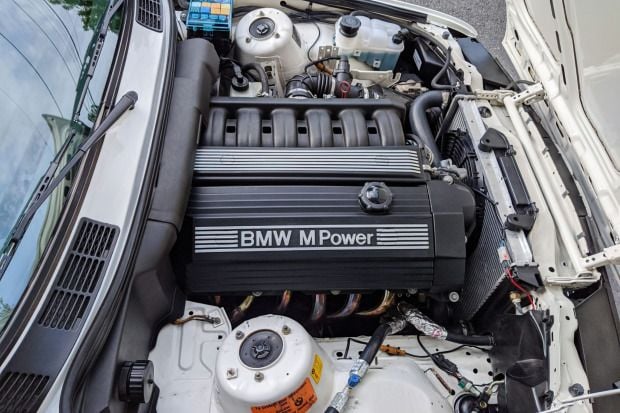
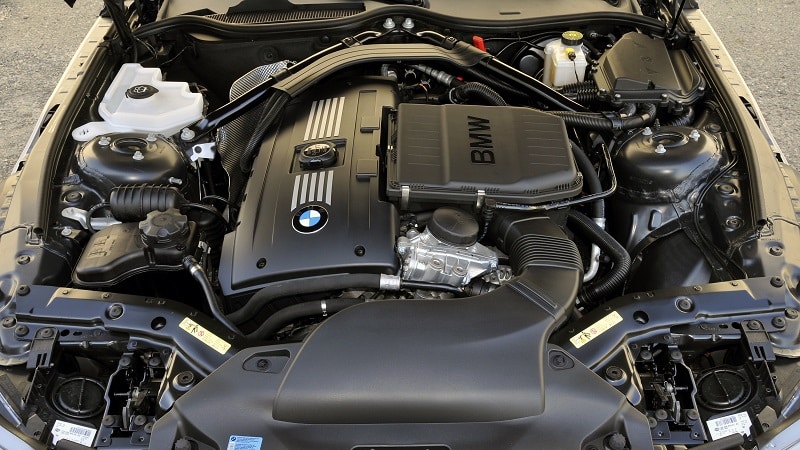
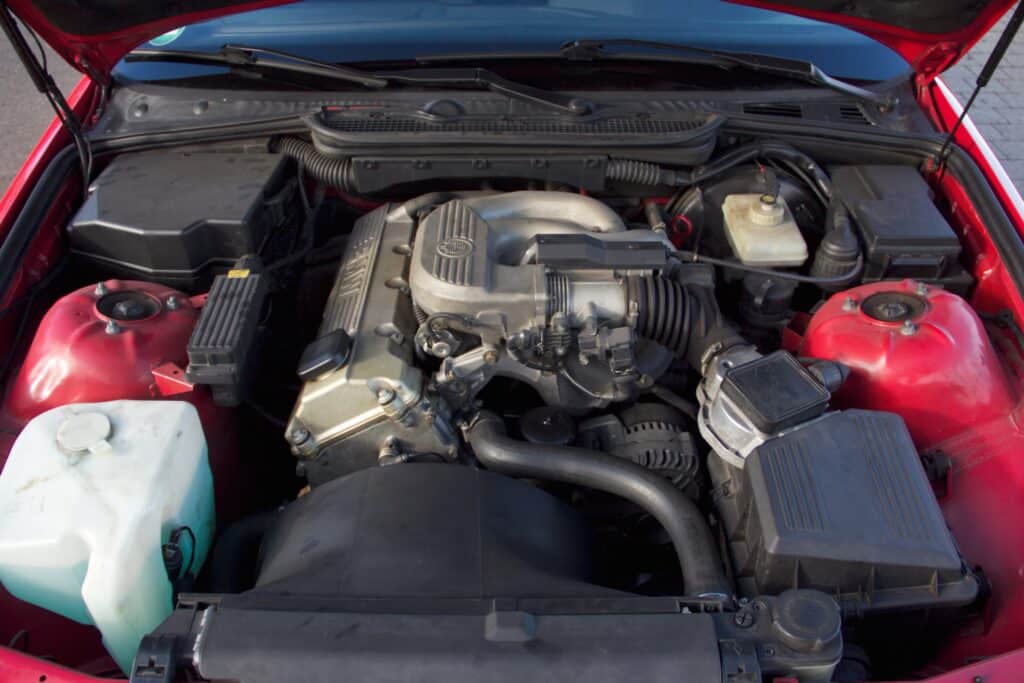
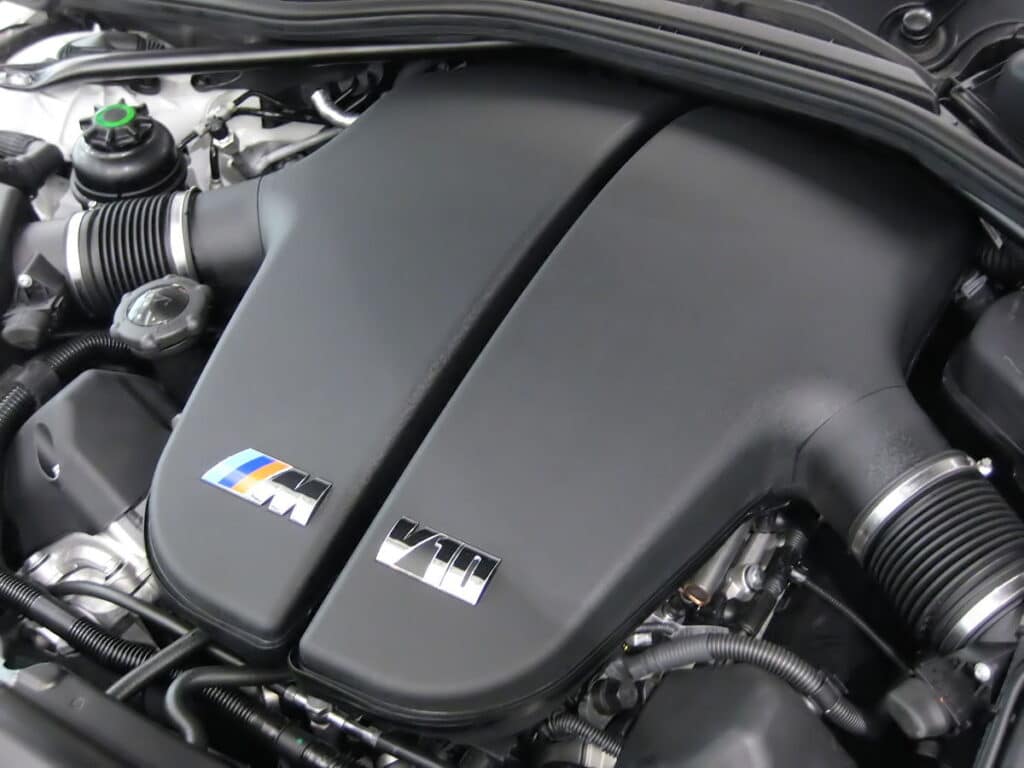
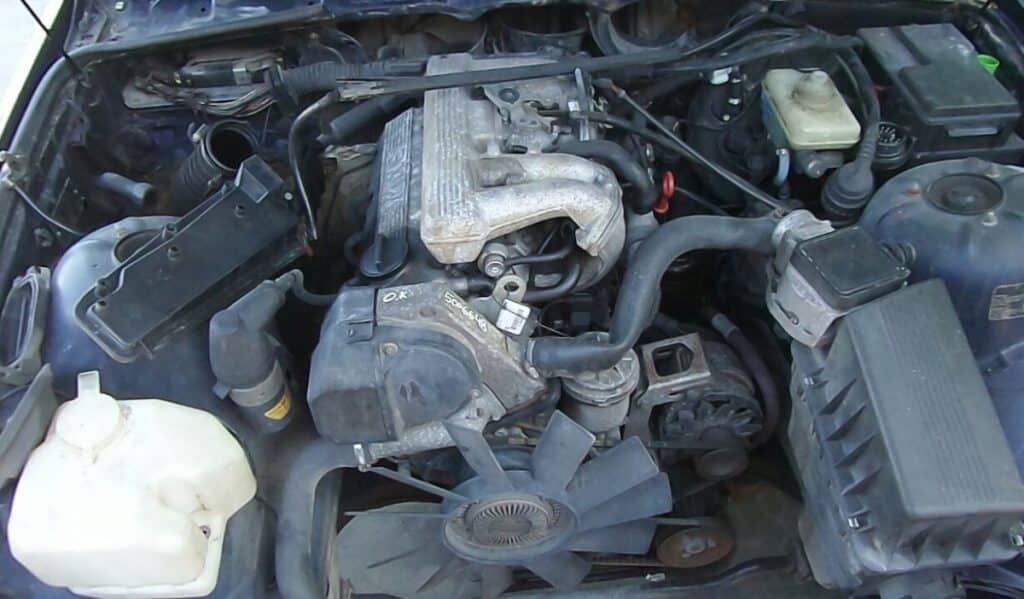
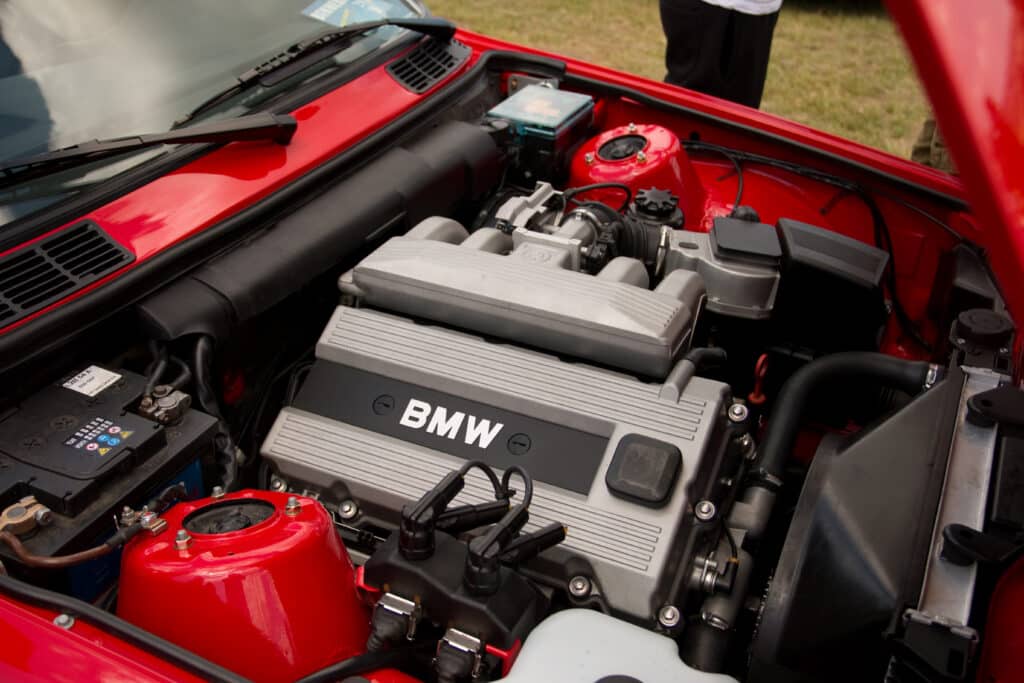
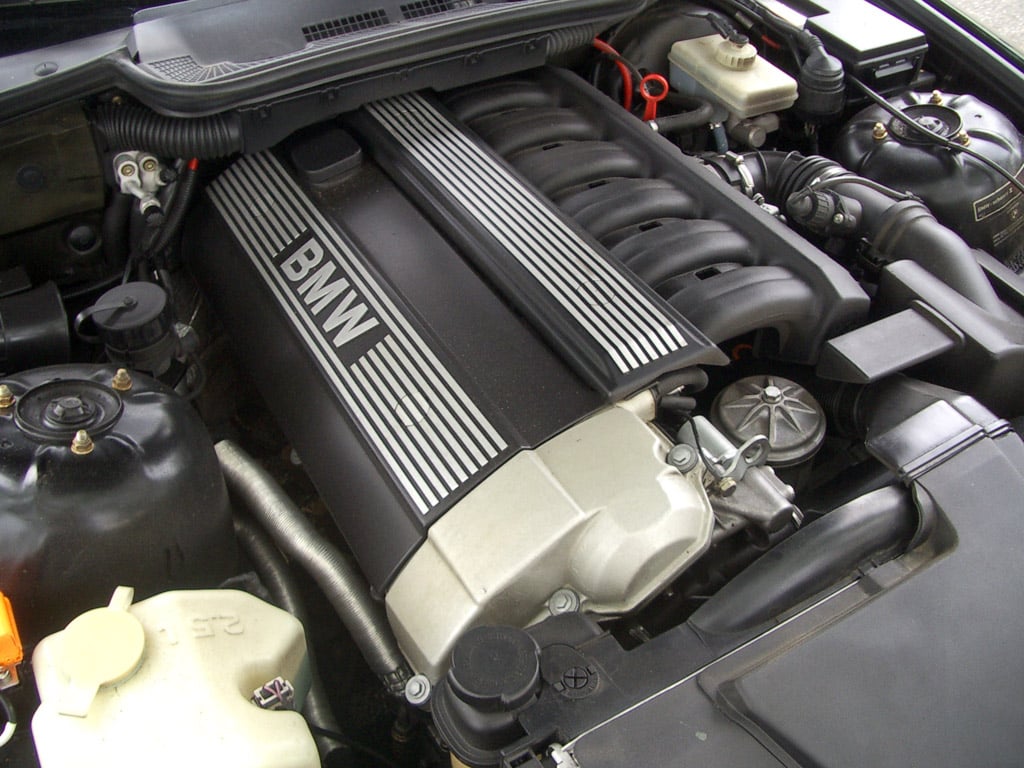
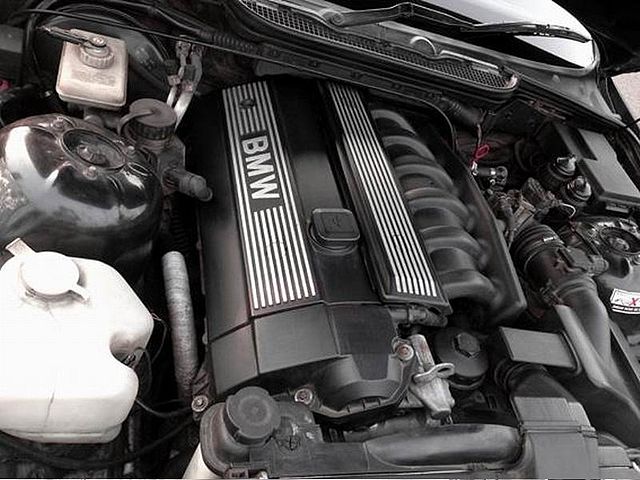
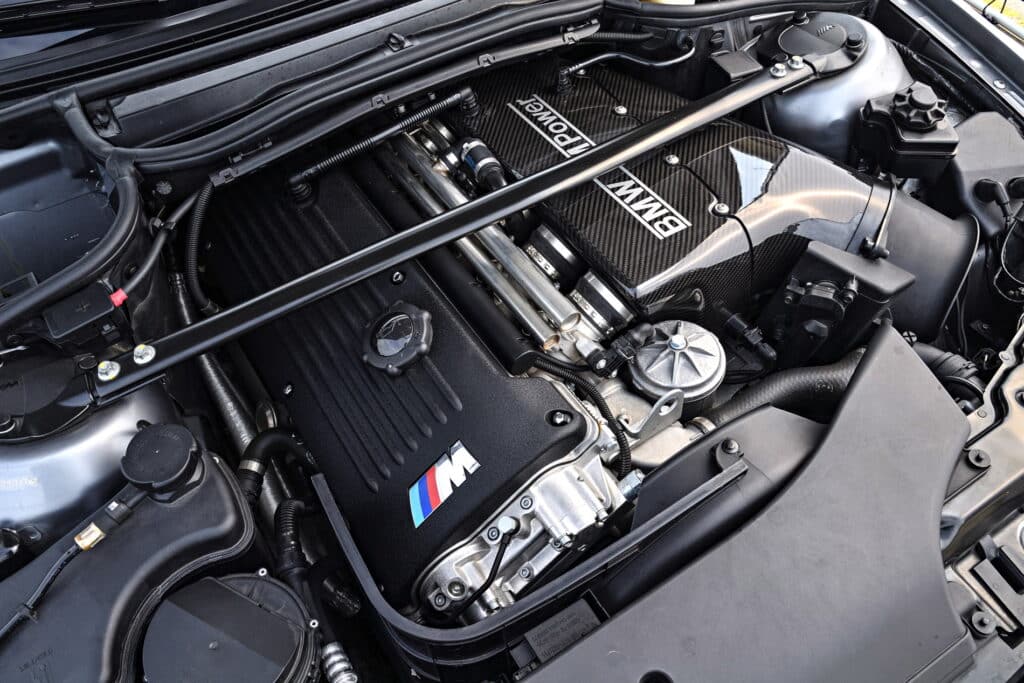

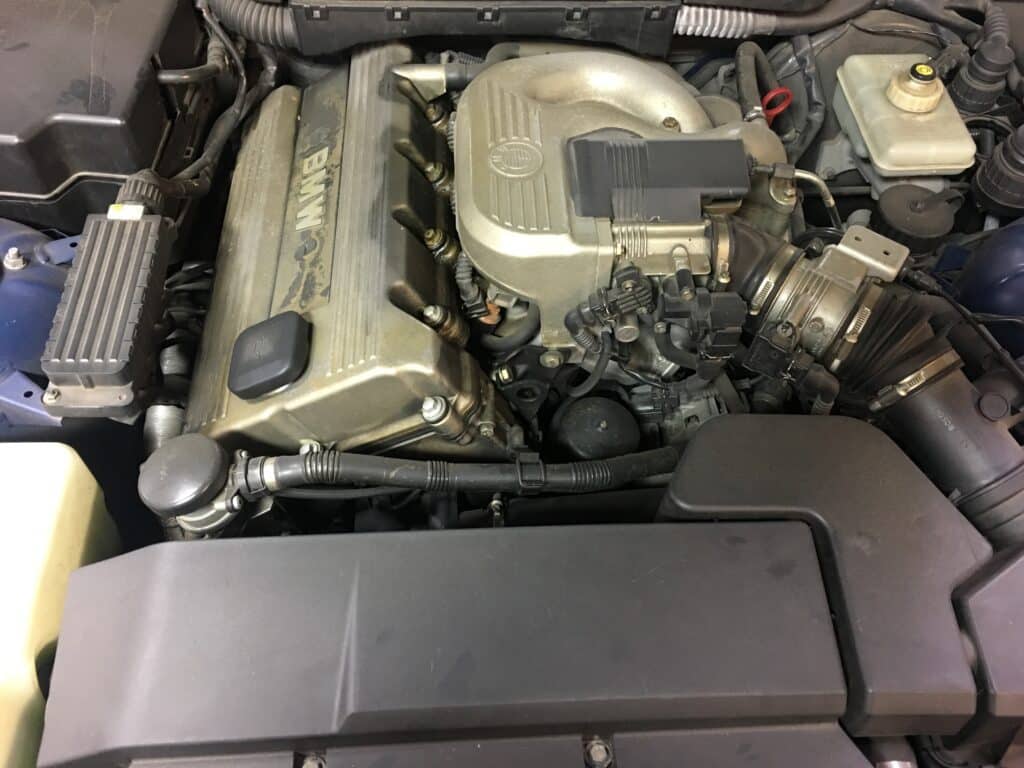
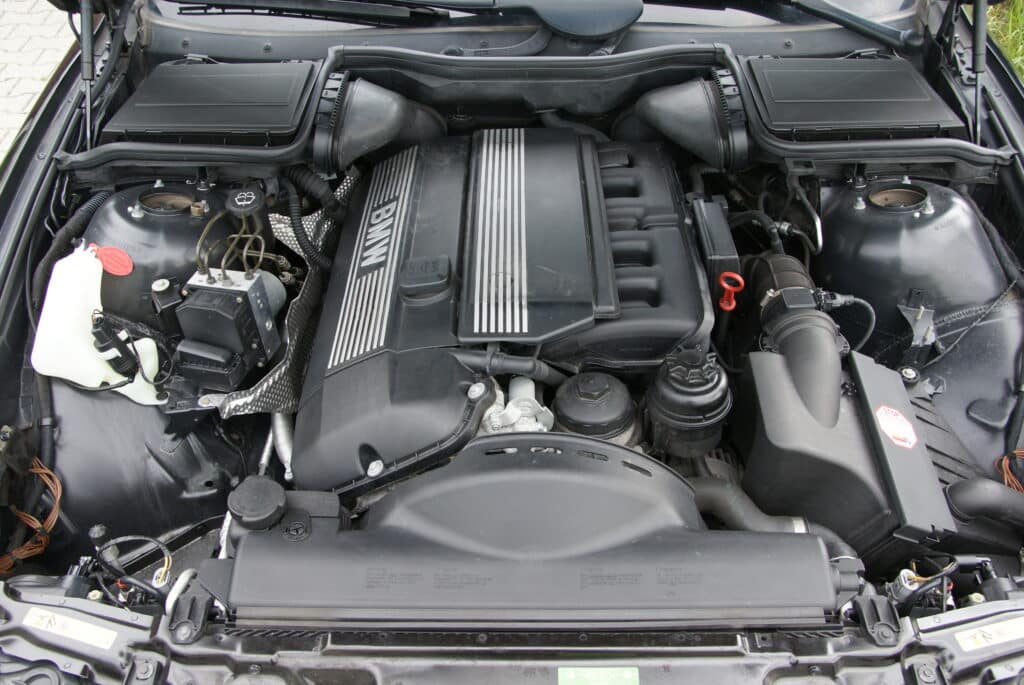
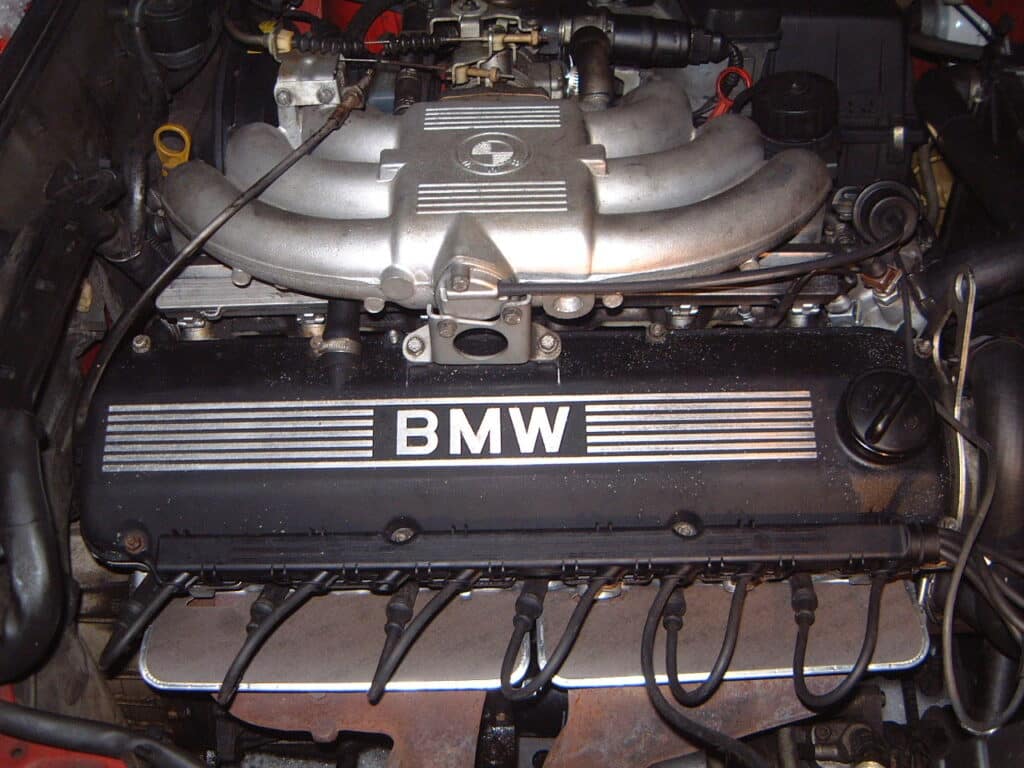
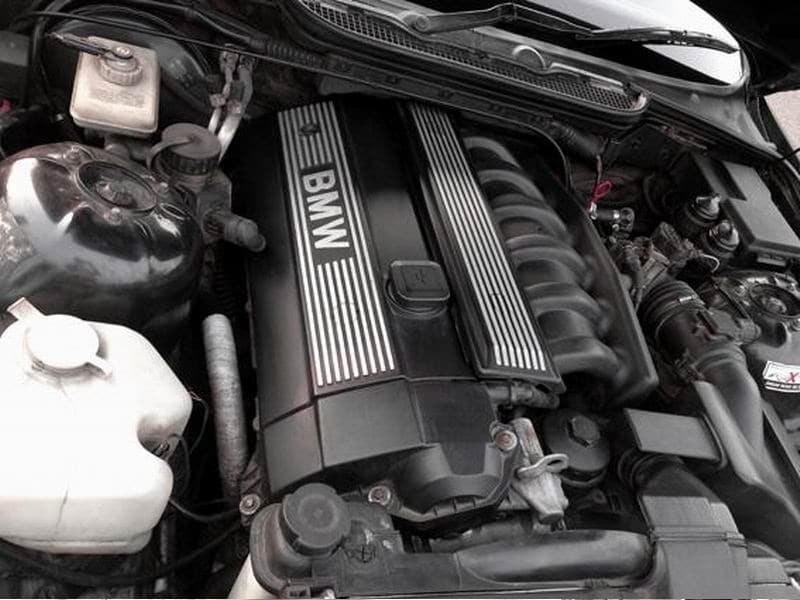
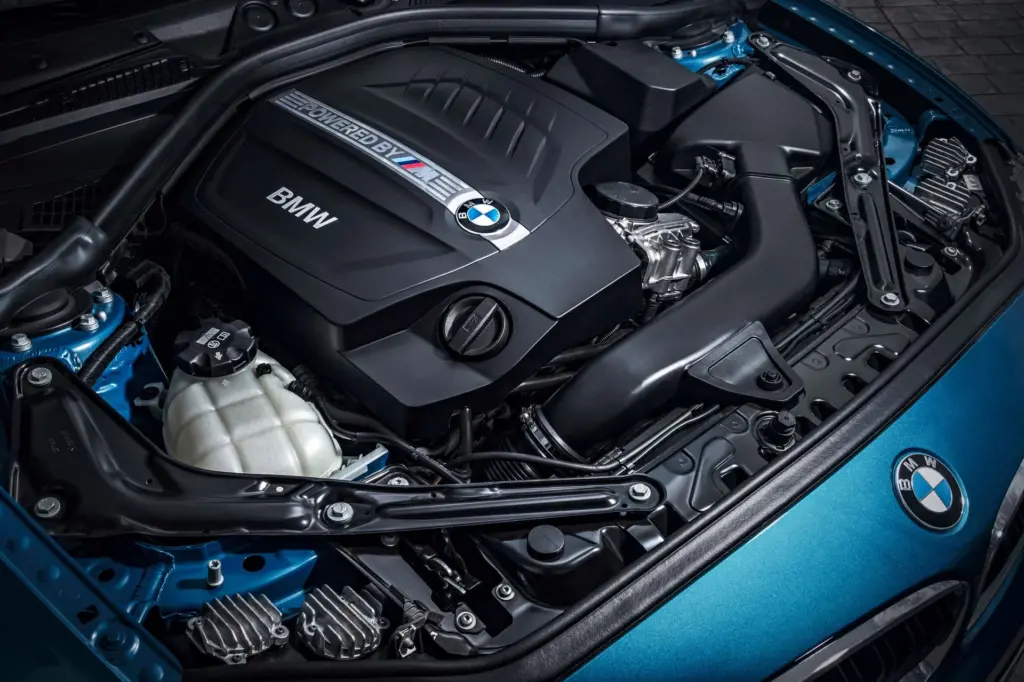
Dear Professionals,
I have been using M52B20 and I really want to upgrade the engine with Vf supercharge kit. Is it possible to keep the engine running smoothly from 0rpm to 7000rmp with the Vf kit installed?
Thanks in advance.